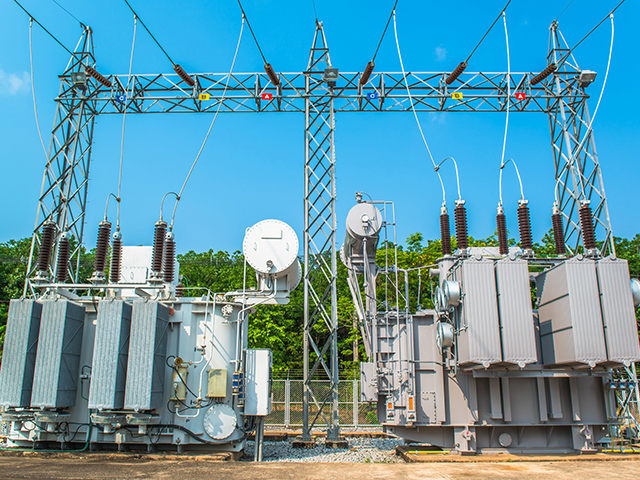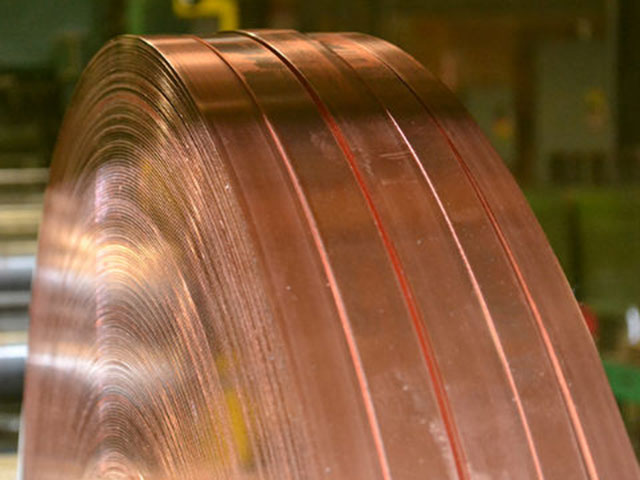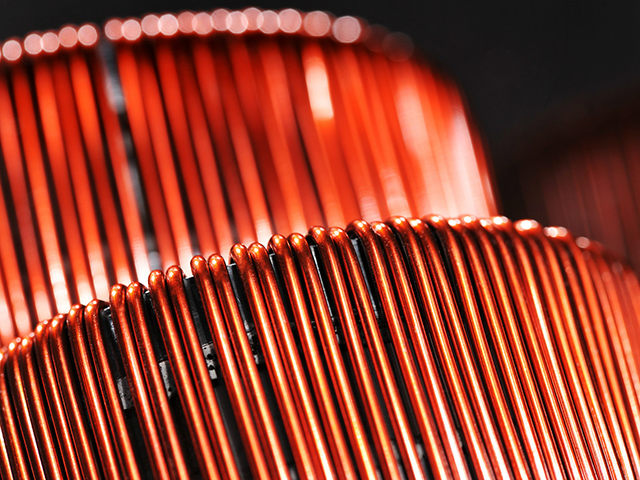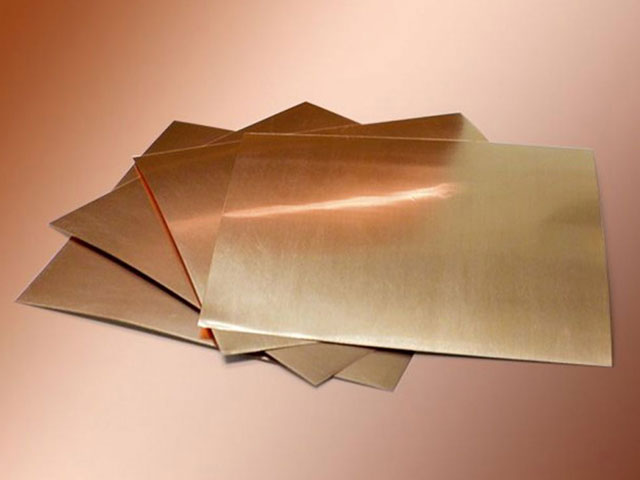When copper pricing surges switch gear manufactures tend to look at other electricity-conducting metal and evitable the comparisions come up regarding copper switchgears vs aluminum switchgears. Do I really need to be using copper in my switch gears? Will the transmission of my electricity be compromised if I don’t?”
It’s a valid question. After all, saving money is at the top of most people’s minds. But the newspaper makes a compelling case for copper being worth the extra expense. “The difference between the prices of copper and aluminum is now enough to cover the costs of retooling some manufacturing processes and pay for the extra aluminum it takes to conduct the same amount of electricity as copper.”
Let’s look at the matter a little more objectively. Is using the significantly more cost-effective aluminum as opposed to copper really worth it in the long run when it comes to manufacturing switchgears and transformers?
Turn no further than Copper.org to find a proponent in favor of copper as the best electrical component for switchgears and transformer production. The point of connection is where the organization really pushes copper’s superiority over aluminum. Why? While the organization is not denying that aluminum building wire material has come a long way, it cites the impossibility of changing the “inherent nature of aluminum to immediately form, upon exposure of a fresh surface to air, a tightly adherent, high resistance oxide film.” Moreover, the task remains impossible no matter how much alloying is applied.
Extolling the opposite side of the coin is the Underwriter’s Laboratories (UL). The organization’s listing has approved aluminum for material wiring since 1946. Although UL recognizes that problems did creep up as aluminum wiring gained popularity, it also assures consumers that response was quick to overcome such challenges. Nearly seven decades later, the newest aluminum alloys currently being used in switchgears, (i.e., AA-8000 series aluminum alloy for wire applications and AA-1000 series for strip applications) exhibit creep rates very similar to those of copper building wire. That being the case, AA-8000 wire aluminum conductors have a comparable performance level to copper conductors at terminations.
In addition, a thin protective layer of oxide coats modern-day aluminum conductors. This coating virtually eliminates corrosion. And there is the interchangeability aspect. Because they possess the same amount of amps, aluminum and copper conductors can be installed one for the other in equal-sized conduits, in specific applications, and in low voltage situations.
Aluminum has a few other switchgear advantages. First, its weight is lighter than copper. Aluminum also enjoys a tensile strength equivalency to copper for some conductivity, as GE Consumer & Industrial engineers point out.
GE adds that “it is a common misconception that electrical equipment [like switchgears] built using aluminum conductors will always be larger than the same equipment using copper conductors.” The company goes on to explain, “While the actual conductor within the equipment will be larger with aluminum, many times the enclosure for the equipment is the same size whether copper or aluminum conductors are used.” As such, space constraints no longer have a bearing on the copper vs. aluminum switchgear conundrum.
The bottom line is you have switchgear options. There is no doubt that copper is an outstanding product for switchgear & transformer production, but for those on a budget for whom copper is cost prohibitive, aluminum can achieve the similar results as switchgear and in transformer production, in certain applications.






